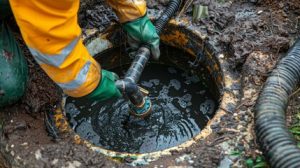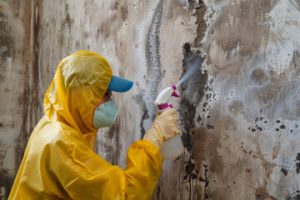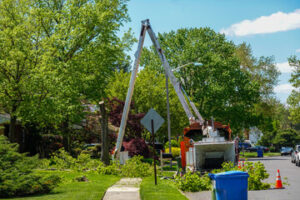Erie Metal Roofing can significantly increase the value of a home while providing energy efficiency, environmental benefits, and aesthetic versatility. But as any homeowner knows, a roof requires regular maintenance to protect and improve the property’s structure.
If your home’s metal roof starts to show signs of wear and tear, it is time for a replacement. Here are the main signs that it’s time for a new metal roof.

Rust and Corrosion
Metal roofs are known for their durability, but even the most resilient roofing system needs a little care and maintenance now and then. Regular inspections can help homeowners spot a range of issues before they become major problems, such as rust and corrosion.
The earliest sign of a problem is usually visible discolouration on the metal’s surface. This may take the form of small rust spots or faded areas, and it indicates that the protective coating is wearing thin. This is especially common in areas where moisture tends to accumulate, such as around fasteners or seams.
Fortunately, many modern metal roofs are made from rust-resistant materials and come with factory-applied finishes designed to withstand severe weather conditions. These finishes are baked on in controlled environments to ensure longevity and outperform field-applied paint or sealants in both durability and appearance. In addition, routine cleaning and frequent recoating can further increase the longevity of a metal roof. It’s also important to trim trees so they don’t hang over a metal roof, and to keep gutter systems free of clogs that can trap moisture on the surface of the roof.
Water Leaks
Leaks are an obvious sign that a roof isn’t doing its job. If left unchecked, water leaks can damage building materials, rust metal elements, and cause dangerous mold growth. A professional roofing contractor will repair or replace damaged panels and re-seal leaky areas. Leaks can be caused by a number of different factors. If panels aren’t overlapping properly or if fasteners are loose, this creates gaps where water can enter the structure. Loose or damaged sealant and flashing is another common source of leaks. These specialized pieces seal vulnerable transition points and areas around chimneys, vents, and roof penetrations. When these materials fail, water can find pathways into the structure during heavy rains.
Other sources of leaks include foot traffic that results in holes and punctures, the dragging of heavy objects like HVAC units across the roof, or poor ventilation. Exposure to UV rays over time can also degrade coatings and sealants that protect seams and fasteners. Inadequate slope and drainage can also allow water to collect on the roof, leading to corrosion and deterioration.
Loose Panels
Metal roofs are known for their durability and longevity, but even the best roofing systems require regular maintenance to extend their lifespan. Inspecting and repairing a metal roof for signs of wear and tear can prevent minor issues from turning into costly repairs in the future.
Signs of wear and tear on a metal roof can include water stains on the ceiling, mold or mildew inside the attic, or dripping water. These are obvious indicators that the roof needs immediate repair. Other indicators of a problem are rattling sounds, which may indicate that seals or washers have deteriorated over time. Also, leaks around fasteners or penetrations can indicate that the panels have become loose or that the roof was installed incorrectly.
Many roofing professionals will visit neighborhoods after severe weather to conduct free roof inspections, and these experts can identify problems homeowners might not notice themselves. Having these warning signs in mind can help you know when to call a professional for roof repair and replacement.
Damaged Gutters
While metal roofing systems are highly durable, they do require gutters to direct rain and snow away from the foundation of a home. If you see signs of clogging or damage, you may need to install new gutters or replace your existing ones. If your gutters are not properly installed, they can lead to water overflow and cause structural problems for your roof or your home.
The slope of your gutters is also important to consider. A metal roof requires a specific slope to ensure that the water flows through the downspouts and away from your home.
If you notice water stains on your ceiling or walls, mold and mildew, or puddles in your attic, these are signs of leaks that need to be addressed promptly. Addressing these issues promptly will prevent extensive damage to your home and save you from costly repairs in the future. In addition, addressing these issues early can help you extend the life of your metal roof and keep it looking beautiful.
Unattractive Appearance
Metal roofing systems offer homeowners and business owners many benefits, including longevity, energy efficiency, and durability. However, like any roof system, metal roofs are susceptible to problems that can result in deterioration and costly repairs.
Fortunately, these problems are often minor and can be easily resolved. If you notice signs of cracking, chipping, or fading on your metal roof, consult with an experienced roofing contractor to repair the damage before it worsens.
Another issue that can occur with some metal roofing systems is splintering or fracturing of panels. This is usually a result of high winds or severe weather. When a panel breaks, it can create holes in the roof that allow water to leak into the structure and cause costly repairs.
In addition, it is important to note that combining different types of metals in the same roof system can lead to chemical interactions that could result in early degradation or color changes. It is therefore critical to always choose a roofing contractor that uses only the same metal as your roof’s underlying structure.


